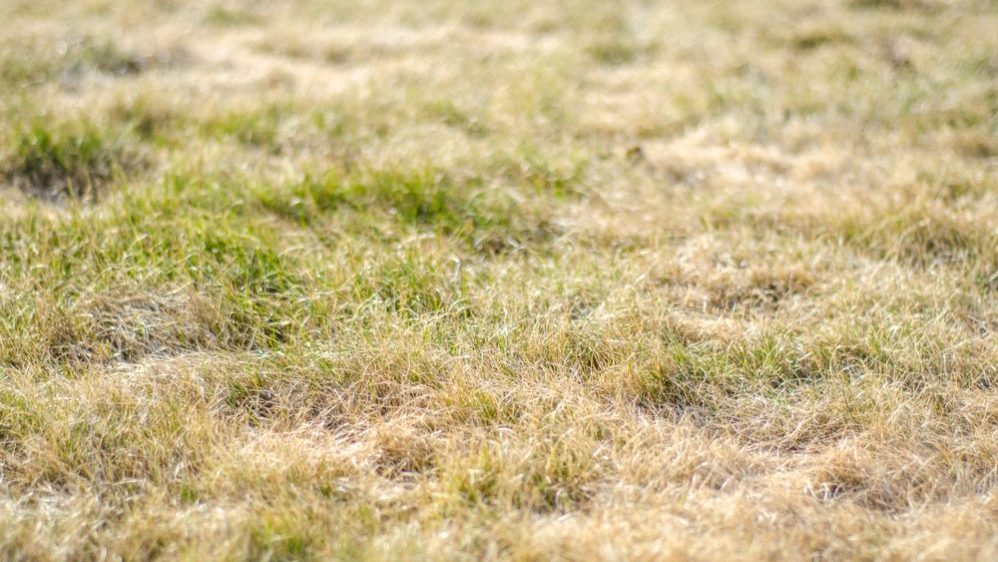As we kick off the Spring season, follow these tips to give way to a healthy and beautiful lawn.
Clean up the old growth to make room for new growth.
Remove all the fallen leaves and dead grass to promote new growth. Use a rake or speed up the process by using a blower.
Overseed
Overseed the thin patches and bare spots of your lawn. After seeding, apply a slow-release nitrogen fertilizer overtop of the seed and then after about five weeks apply a quick-release nitrogen fertilizer. These fertilizers will help the seed set root and penetrate deeper into the soil. They will also provide needed nutrients that allow the new grass to flourish.
Aerate
Be sure to aerate your freshly cleaned up lawn. Aeration is the number one solution to compacted soil and in warmer climates, aeration should be done in late spring. Aerating your lawn pokes small holes into it so that nutrients, air, and water are allowed to enter the soil. This contributes to a more beautiful, lush, and fuller lawn. Otherwise, you could end up with nothing but dead grass during the growing season. There are a multitude of aerators that range from a single tine to a stand-on powered aerator. For more information on aeration, read our post dedicated to aerating your lawn.

Take the time to Weed your lawn
It is important to remove any pre-existing weeds to neutralize their growth. This can be done using weed-killer or by plucking out the weeds. It is necessary to target the base of the weeds and to remove or kill the entire root system. Failure to neutralize the root system will result in the growing of weeds during the spring season. Removing the weeds will allow a more healthy lawn to grow.
Spread Fertilizer
Apply a spring fertilizer to your lawn two to three weeks after the turns green (after about two to three mows). The fertilizer will help create a full and lush field of grass. Be sure not to spread fertilizer too early as it can lead to fertilizer run-off and damage your roots. Spreading fertilizer and seed can be made easier using a spreader.
Water your grass… Maybe…
Only take the time to water your grass during dry periods. As temperatures rise, grass can begin to scorch if it is not receiving an adequate amount of rainfall. If there is consistent or periodic rainfall, watering your grass is likely not necessary. Try to avoid the temptation to overwater your lawn; only providing irrigation when the grass shows signs of dehydration.

Follow Proper Mowing Guidelines
Allow for at least a week’s worth of growth between each mow. Overmowing your lawn can lead to the development of weeds and exposes your roots to harsh conditions. The exposure could lead to scorching or dehydration as the soil becomes depleted of nutrients. Proper mowing promotes root growth and will be essential to overall lawn health. Be sure to properly maintain your mower and make sure you’re using the right mower for your lawn. For more information on mowers, view our posts by clicking here. Need help with maintaining your mower?
Following these tips can help you reach your lawn goals. For any of your equipment needs, be sure to contact our store by calling us at 704-893-2878 or stop by for a visit at 511 Union West Blvd. Stallings, NC.



